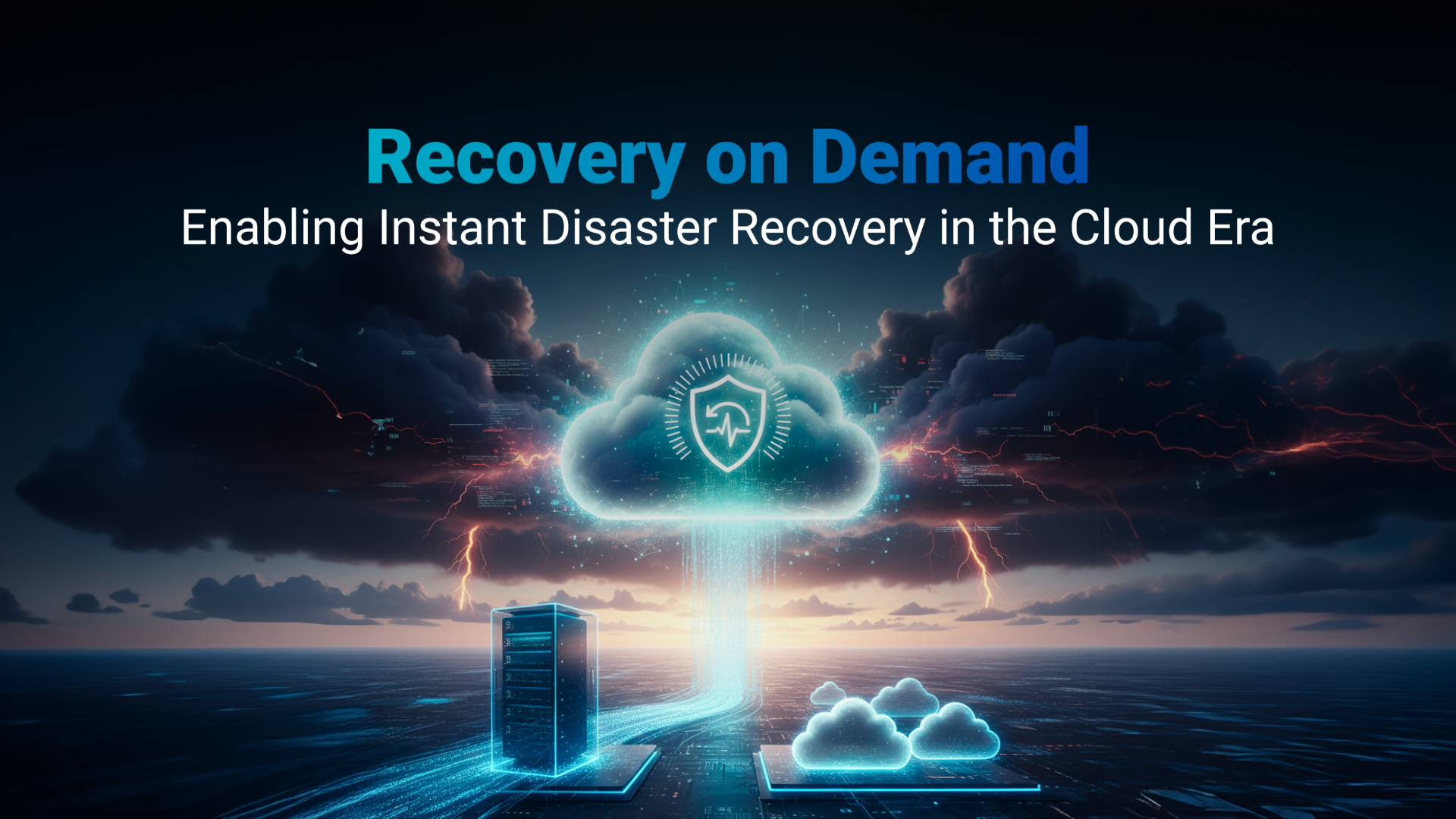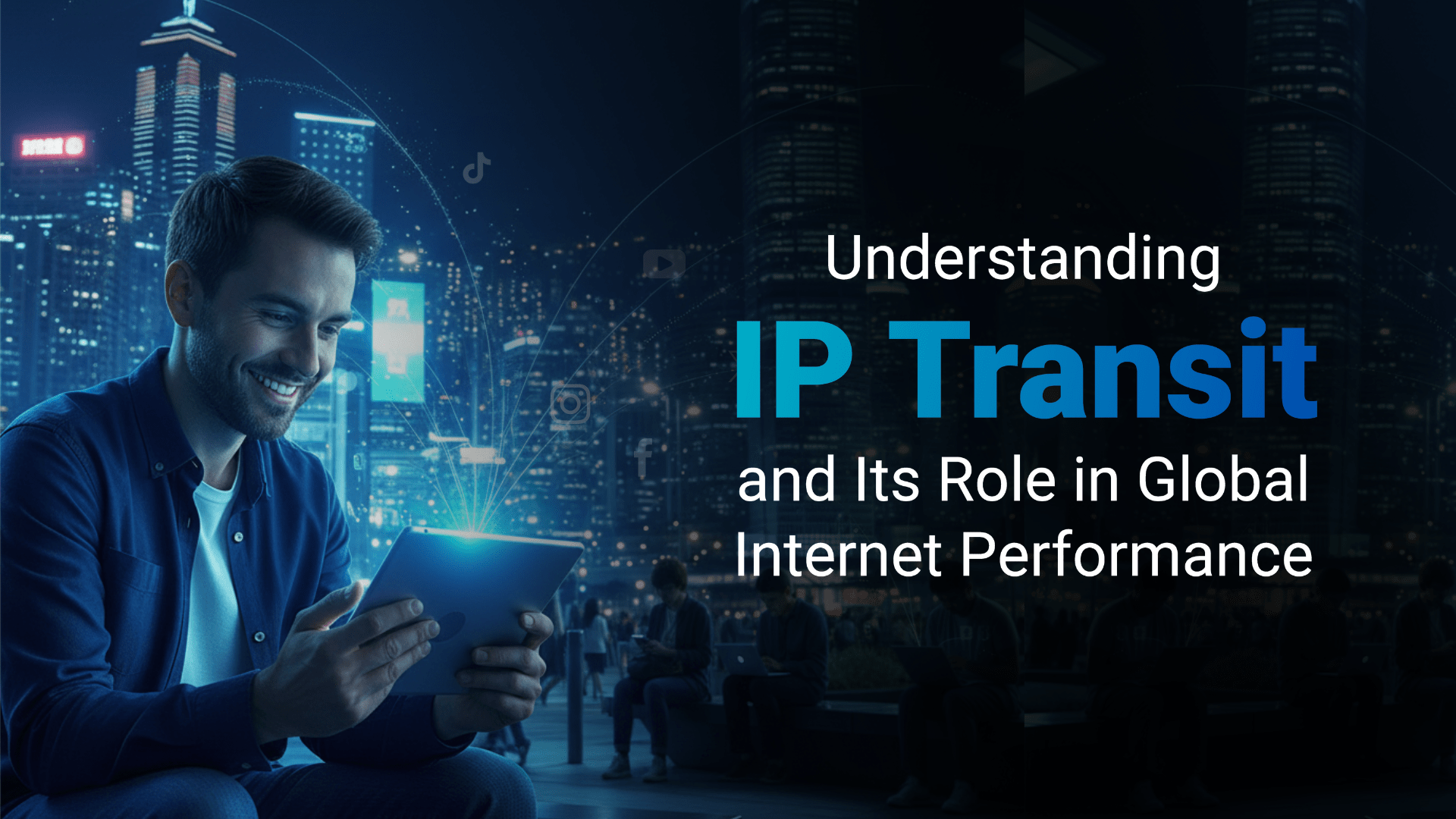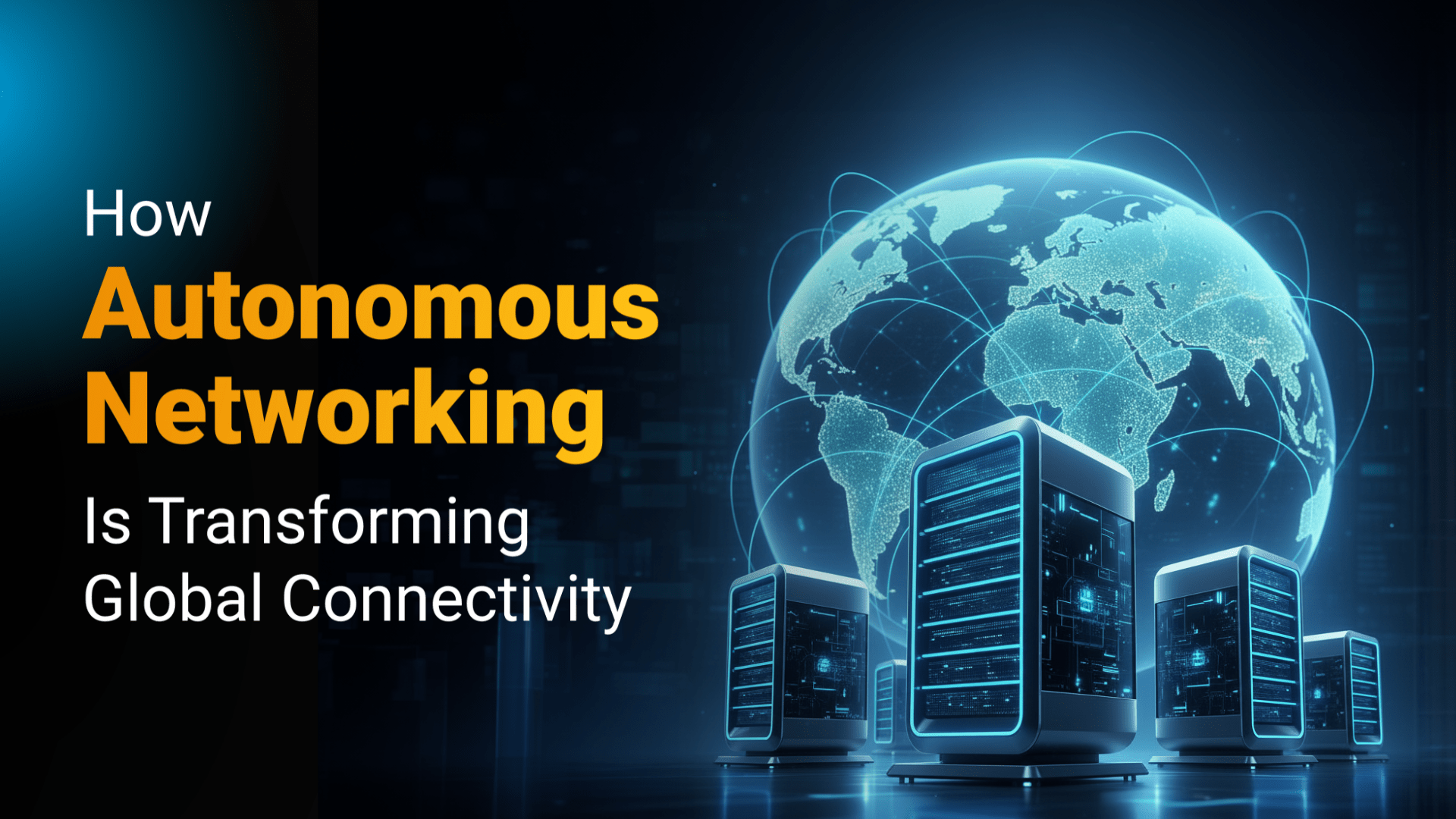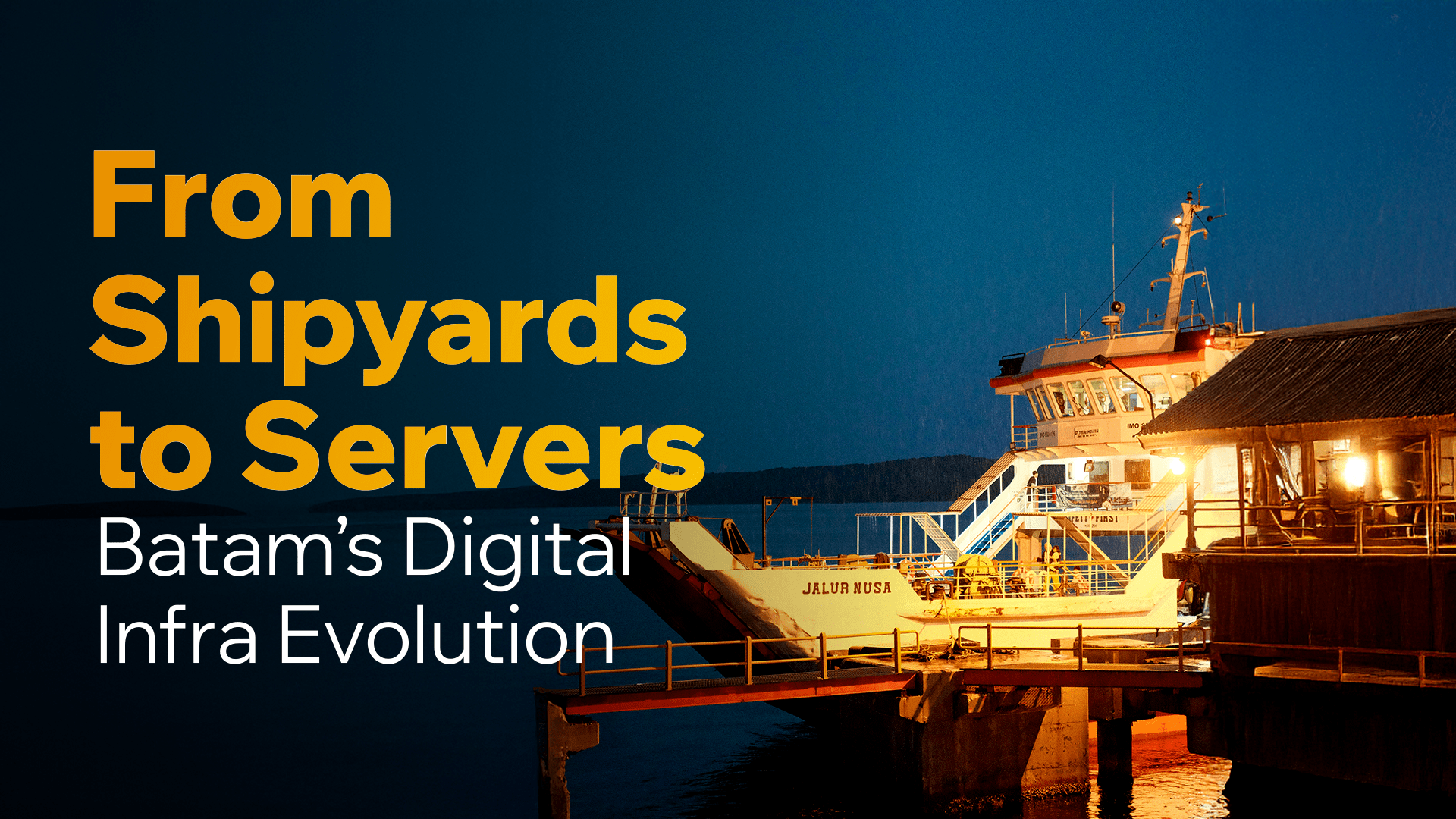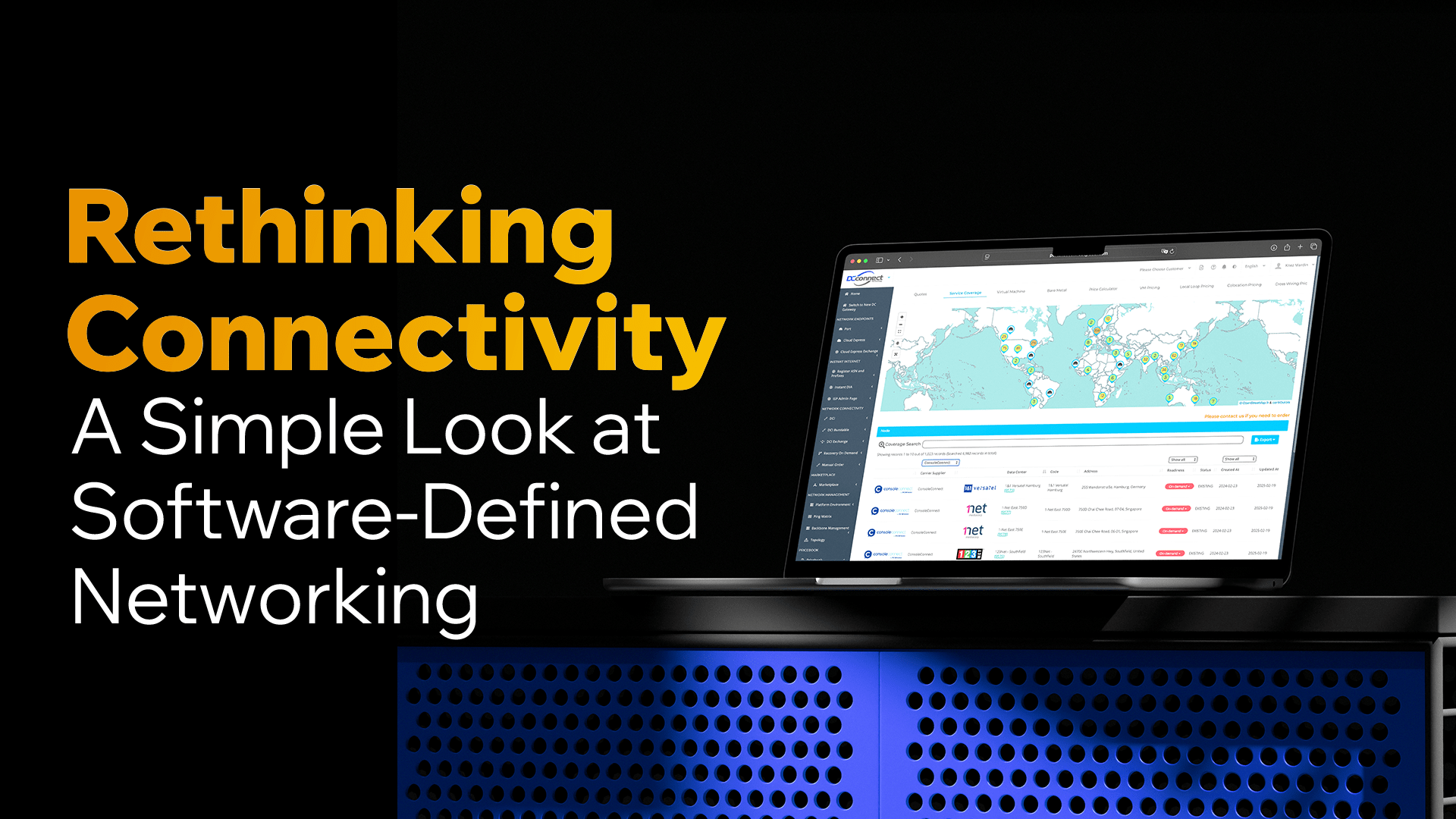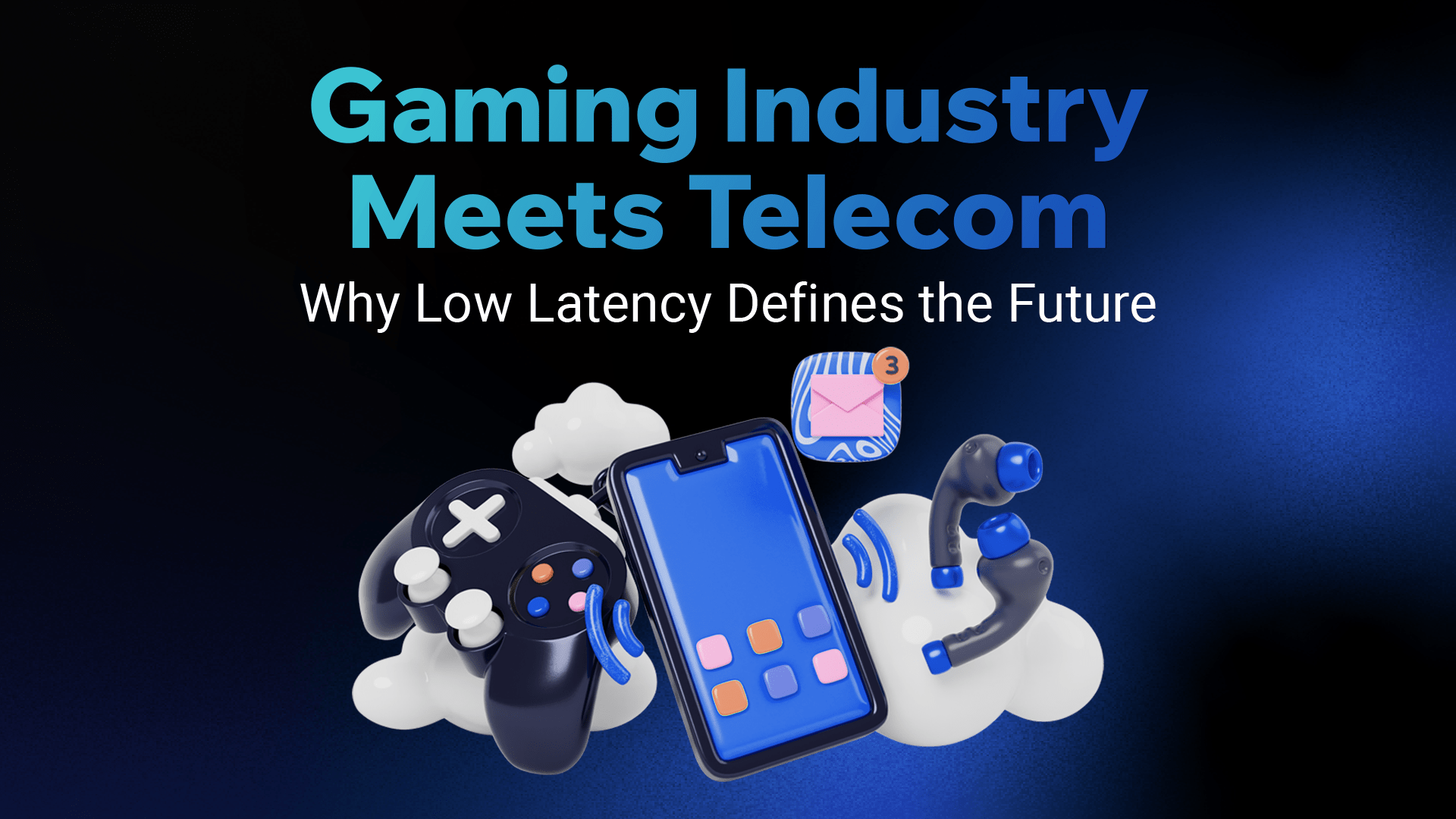
Unlocking the Power of Dark Fiber: Your Private Highway to High-Speed Connectivity
In an era defined by data, the demand for high-speed, scalable, and ultra-secure connectivity has never been greater. While standard internet service is often sufficient, a growing number of large enterprises, data centers, and institutions are turning to a powerful, yet often misunderstood, solution: Dark Fiber. More than just a high-capacity cable, dark fiber is a private digital superhighway, offering unprecedented control and near-limitless potential. What Exactly is “Dark Fiber”? The name “Dark Fiber” sounds mysterious, but the concept is simple. When a company leases dark fiber, they are essentially renting the bare glass strands. It is then up to the customer to install their own optical transmission equipment (like lasers and multiplexers) at either end to “light” the fiber and turn it into a private, operational network. The Key Advantages: Why Dark Fiber Shines Opting for dark fiber is a strategic decision driven by the need for ultimate performance, control, and future-proofing. 1. Near-Unlimited Scalability This is dark fiber’s most compelling feature. With standard services, your capacity is capped by the service plan you purchase. With dark fiber, the limit is only the electronic equipment you attach to it. 2. Absolute Network Control Dark fiber puts you in the driver’s seat of your network architecture. 3. Maximum Security and Isolation In an age of constant cyber threats, a private network is an invaluable asset. 4. Long-Term Cost Predictability While the initial upfront investment in equipment and expertise is significant, the long-term cost model is often more favorable for high-bandwidth users. Who is Dark Fiber For? Dark fiber is not a solution for every business, but it is indispensable for those with extreme network requirements: Dark Fiber vs. Lit Fiber: A Quick Comparison Feature Dark Fiber (Leased Fiber) Lit Fiber (Managed Service) Capacity & Speed Unlimited (capped only by customer’s equipment) Limited by provider’s service plan Control Full control (customer manages all equipment) Minimal control (provider manages all equipment) Security Highest isolation (dedicated, private strands) High (but shared infrastructure) Upfront Cost High (must buy equipment) Low (equipment is provider’s) Long-Term Cost Favorable for massive bandwidth users Increases as bandwidth demand rises Required Expertise High (needs in-house IT staff) Low (fully managed by provider) Conclusion Dark fiber represents the pinnacle of network connectivity. It’s not just about speed; it’s about ownership, scalability, and security. For organizations that view their data network as a mission-critical asset, investing in dark fiber is less of an expense and more of a strategic foundation for long-term digital growth and innovation. If your bandwidth needs are soaring and you demand absolute control over your data’s journey, it might be time to bring the power of the dark fiber highway to light.

